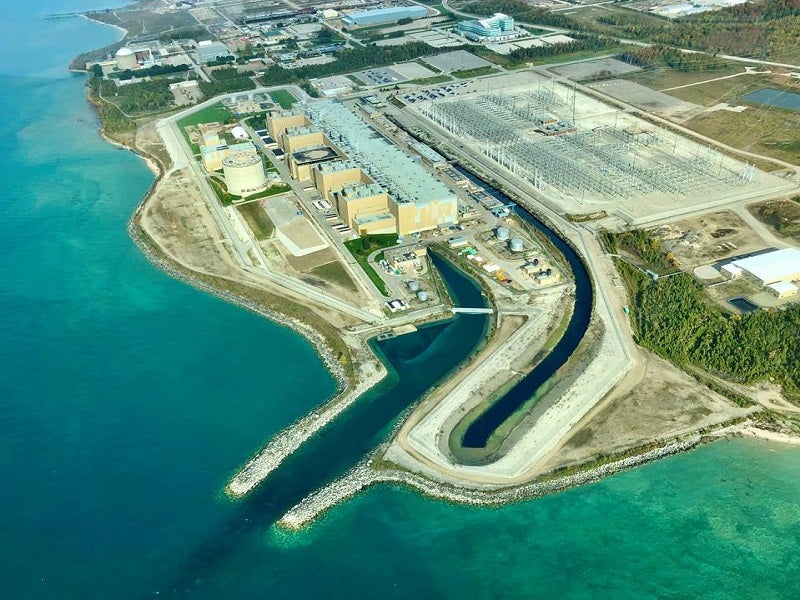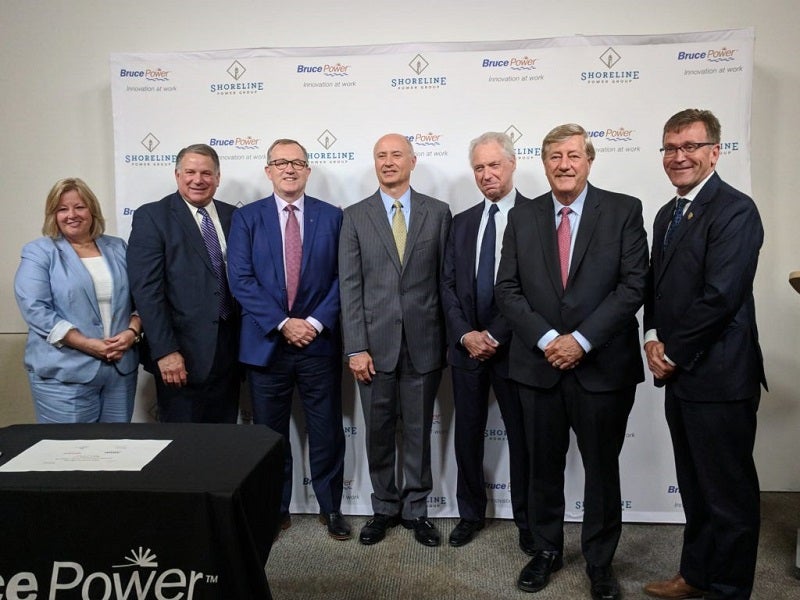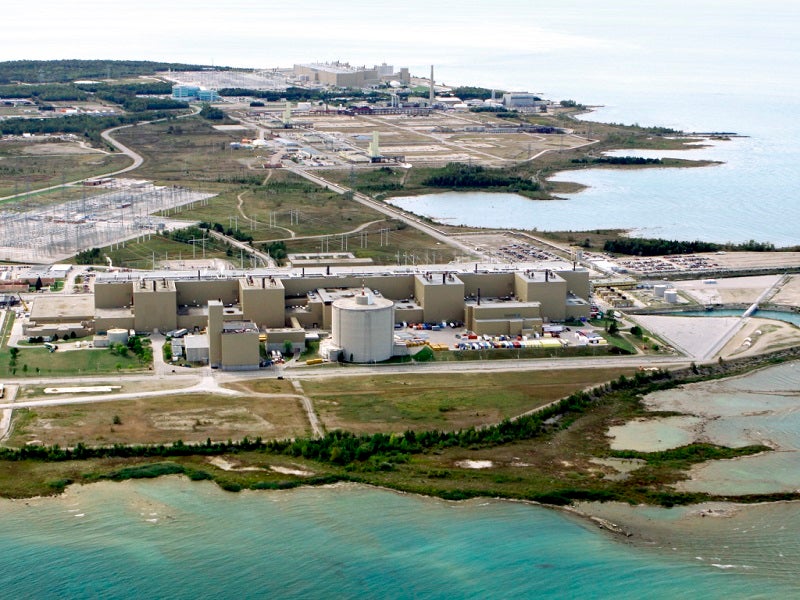Bruce power refurbishment project will overhaul all the units of the 6.2GW Bruce nuclear generating station, which is the largest nuclear power plant in Canada. The facility was constructed by Ontario Hydro between 1970 and 1987.
Bruce Power Limited Partnership, which consists of OMERS-Ontario Municipal Employees Retirement System, Power Workers’ Union, Society of United Professionals and TC Energy (formerly TransCanada Corporation), signed a long-term lease agreement with Ontario Power Generation (OPG) in 2001 to operate the plant.
Bruce Power entered into the Bruce Power Refurbishment Implementation Agreement (BPRIA) with the government of Ontario in 2005 to restart Units 1 and 2, which had been shut down by Ontario Hydro, and refurbish the entire plant in phases. The agreement aims to extend the life of Bruce nuclear generating station’s CANDU reactors to 2064.
The refurbishment programme is being executed under a separate partnership between Bruce Power and Independent Electricity System Operator (IESO) as part of an agreement signed in December 2015.
The refurbishment of Units 1 and 2 was completed in 2012, while works on the remaining units are expected to be completed by 2023.
Bruce nuclear generating station location and facility details
The Bruce nuclear generating station is located on the eastern shore of Lake Huron in Tiverton, Ontario, Canada. It includes eight CANDU reactor units located within two nuclear power houses – Bruce A and Bruce B.
Bruce A has a net generating capacity of 769MWe per unit, while Bruce B has a net capacity of 785MWe per unit. All the CANDU reactors have 480 fuel channels, which consists of outer calandria tube and inner pressure tube for coolant flow.
These fuel channels are made of zirconium alloy pressure tube connected to steel end fitting. Pressure tubes are 4mm thick, 6.1m long and 103mm in diameter.
Bruce Power refurbishment project details
Bruce Power refurbishment project commenced with the life-extension programme (LEP) in January 2016 to meet 7% of Ontario energy requirements. It included the replacement of older systems of the nuclear reactors.
Bruce Power began the Major Component Replacement (MCR) project as part of the life extension programme in January 2020. It includes the replacement of key reactor components such as steam generators, pressure tubes, calandria tubes and feeder tubes of Units 3 to 8.
The timeline for refurbishment of Unit 6 is between 2020 and 2024, while Units 3 and 4 will be refurbished between 2023 and 2028. The remaining three Units, 5, 7 and 8, will undergo refurbishment between 2026 and 2033.
Contactors involved
APTIM was engaged as a supplier partner for the LEP to support project improvements and maintenance, while ATS automation was contracted for supply of automated tooling systems.
Applus+ was engaged for testing, inspection and certification to support the LEP, while Kinectrics was contracted for fuel channel inspecting.
Tetra Tech Canada was contracted to provide engineering services for rotating equipment, electrical and mechanical equipment under the MCR programme, while Global Tech was engaged for engineering services and solutions.
Bruce Power signed advanced manufacturing contracts worth £652.47m ($914m) for the MCR project under different agreements in April 2018. The companies contracted include BWXT Canada, Laker Energy Products, Cameco Fuel Manufacturing, and Nu-tech Precision Metals.
Bruce Power awarded a £345.8m ($475m) contract to Shoreline Power Group, a consortium of Aecon, AECOM and SNC-Lavlin in June 2018, for the replacement of fuel channel and feeder of Unit 6.
Black & McDonald, Nuvia Canada, NPX and Framatome are some of the other contractors involved in the MCR project.





